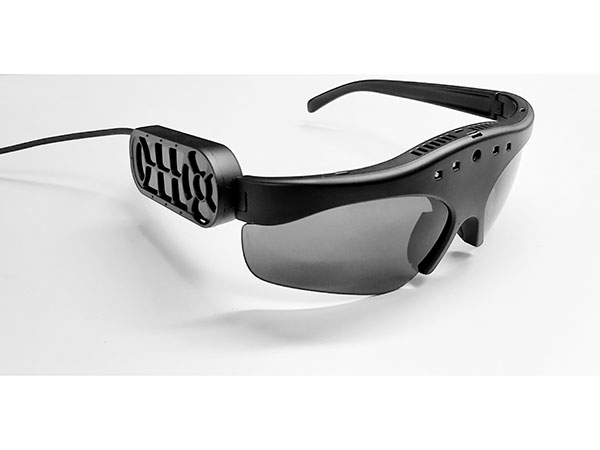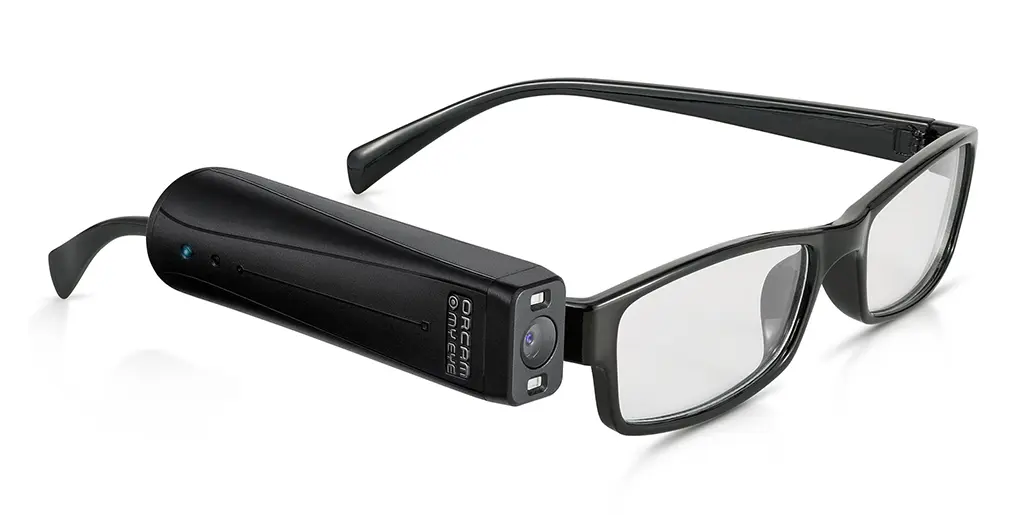Enhancing Availability Through Assistive Modern Technology for the Blind
The assimilation of assistive innovation for the blind stands for an essential development in access, essentially altering exactly how people navigate their settings and engage with society. As we discover the diverse kinds of assistive devices and their concrete impacts on day-to-day living, it comes to be essential to check out just how ongoing technological developments are reshaping the landscape of support for the blind neighborhood.
Overview of Assistive Innovation
Assistive innovation describes a variety of gadgets and software application made to improve the capabilities of people with impairments, including those that are blind or visually damaged. This technology plays a critical role in promoting self-reliance and boosting the lifestyle for users. By offering alternate approaches for accessing details and performing day-to-day tasks, assistive modern technology empowers individuals to navigate their environments better.
The growth and execution of assistive modern technology welcome a range of principles focused on promoting access. These concepts include user-centered style, which prioritizes the needs and preferences of the individual, and the integration of technology into day-to-day tasks. Such innovations make certain that assistive gadgets are not just useful yet easy and likewise intuitive to use.
Furthermore, assistive modern technology incorporates a varied range of options, from low-tech choices like magnifiers to modern developments such as screen visitors and Braille displays. The recurring advancement of this field is driven by the need to deal with the distinct obstacles encountered by individuals with visual problems (Wearable technology for low vision). As technology remains to advancement, the potential for improving availability and promoting inclusivity continues to be appealing, ultimately adding to an extra equitable society

Kinds Of Assistive Devices
Countless kinds of assistive devices are readily available to sustain people who are blind or visually impaired, each developed to deal with certain demands and challenges. These devices can be broadly categorized right into three major types: low-tech, mid-tech, and high-tech options.
Low-tech devices include products such as magnifiers, Braille tags, and tactile maps. These are fairly simple devices that boost the customer's capacity to interact with their setting without requiring complicated technology.
Mid-tech tools typically include extra advanced features, such as electronic magnifiers and portable Braille note-takers. These devices can provide capabilities like speech output, enabling individuals to gain access to info a lot more successfully.

Effect On Daily Living
The availability of various assistive tools dramatically boosts the high quality of life for individuals that are aesthetically damaged or blind, influencing their day-to-day living in extensive means. By integrating technologies such as display visitors, Braille presents, and audio summary services right into their routines, customers get greater autonomy and freedom. These devices help with accessibility to info, enabling people to perform everyday jobs, such as reading e-mails, navigating public areas, and taking pleasure in media material.
Furthermore, assistive tools empower people to engage even more totally in social communications and community tasks. The ability to make use of smartphones furnished with availability functions enables smooth interaction and connection with others. This connection cultivates a sense of belonging and lowers sensations of isolation.
In professional settings, assistive modern technology supports efficiency by allowing individuals to full job tasks successfully. Devices like voice recognition software and specialized zoom tools enable individuals to get involved in the workforce on equal ground with their sighted peers.
Advancements in Innovation
Current technical advancements have substantially changed the landscape of devices readily available for people who are visually impaired or blind. The assimilation of man-made intelligence (AI) and artificial intelligence has triggered applications that enhance navigation and things acknowledgment. For example, smartphone apps can now make use of AI to identify and explain surroundings in real-time, offering individuals with useful contextual info.
Furthermore, improvements in haptic modern technology have actually resulted in the growth of wise canes equipped with sensing units that identify barriers and give responsive comments. This encourages users to browse their setting with boosted confidence and independence. Innovations in text-to-speech software program and braille screens have boosted the availability of digital content, permitting for seamless communication with different media.
Wearable modern technologies, such as smart glasses, are likewise he has a good point making strides in aiding visual problems. As technology proceeds to evolve, the possibility for even more transformative tools continues to be on the horizon.
Future Trends and Innovations
As technology rapidly advances, the future of assistive tools for individuals that are blind get more holds enormous guarantee. Advancements in synthetic intelligence (AI) and artificial intelligence are positioned to transform the way blind customers connect with their atmospheres. AI-driven applications are being established to enhance things recognition, permitting individuals to identify and browse their surroundings with greater convenience and accuracy.
Moreover, innovations in haptic comments innovation are allowing the creation of tactile maps and navigating aids that provide real-time info through touch. These innovations not only boost movement yet also foster freedom. Additionally, wearable tools equipped with increased reality (AR) functions are arising, offering individuals aesthetic info via audio summaries, thereby connecting the void between the physical and electronic globes.
Moreover, the integration of wise home modern technology presents new possibilities for ease of access, permitting individuals to regulate their living environments with voice commands or smart device applications. As cooperation between tech designers and the blind area continues, the concentrate on user-centered layout will certainly ensure that future advancements are customized to fulfill the one-of-a-kind needs of this population (Wearable technology for low vision). The trajectory of assistive innovation assures an extra comprehensive and empowering future for people that are blind
Final Thought
In final thought, assistive innovation plays an important role in boosting access for individuals with aesthetic disabilities. Constant developments in technology and user-centered layout guarantee that these tools provide efficiently to the distinct demands of the blind neighborhood.
The integration of assistive anonymous modern technology for the blind represents a pivotal innovation in access, essentially altering just how individuals browse their environments and involve with society.Assistive innovation refers to a variety of devices and software application designed to boost the capabilities of people with impairments, consisting of those that are blind or visually damaged. Wearable technology for low vision.As technology quickly progresses, the future of assistive tools for people who are blind holds tremendous guarantee. The trajectory of assistive modern technology guarantees an extra empowering and comprehensive future for people who are blind
In verdict, assistive innovation plays an important duty in enhancing availability for people with visual disabilities.